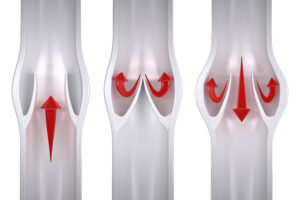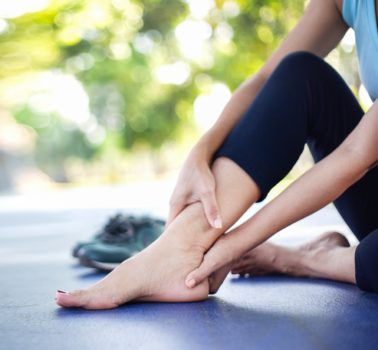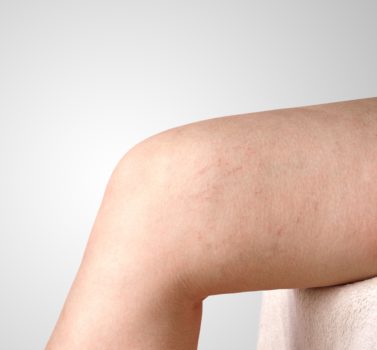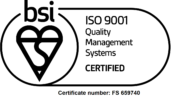A simple way to see if you suffer from oedema, or swelling, is see if your sock leaves an imprint on your leg. This will be more noticeable at the end of the day, in hot weather or if you are standing on your feet for more than 5 hours, and is caused by fluid which has difficulty returning back through your body and has pooled in your ankles. It is quite common in most people and is not a disease in itself but may be a symptom of an underlying condition.
What can cause puffy ankles?
- Standing or sitting for more than 5 hours at a time. Your calf muscles are responsible for pumping the blood through your veins back to your heart, if you don’t use your calf muscles for a long period of time then the blood struggles to flow back without the pump. It then tends to pool in the lower limb and fluids go into the soft tissues causing them to swell..
- Being very tall. If you are very tall your veins have more gravity to work against to push the blood back to your heart and may result in pooling in the ankles.
- Too much salt. Your body will increase the amount of water retained due to an increase in sodium.
- Pregnancy. There are a number of reasons why pregnant women retain more fluid during pregnancy and suffer from puffy ankles. Apart from hormonal changes, the growing uterus puts pressure on your veins which can affect the return of blood through your body.
- You are overweight. Excess body mass can decrease your circulation causing water retention.
- Vein problems. Swollen feet and ankles can be an early sign indication of venous insufficiency, which means that blood is having some difficulty moving up the veins towards the heart. In healthy veins the valves in the veins prevent the blood moving back down the leg, whereas if the valves do not close properly, blood returns to the lower leg and stays in the soft tissue. Figure 1 shows a healthy vein (left) and a varicose vein (right) where the valves don’t close properly allowing blood to flow back down the leg causing swelling.

Persistent swollen ankles can also be a symptom of a more serious underlying condition, in which case, it is advisable to make an appointment with your GP.
What can I do about puffy ankles?
- Wear compression hosiery. Wearing compression hosiery, either knee high, stockings or tights during the day will gently squeeze your ankles and help fluids to return up through your body and avoid pooling in your lower limbs. There is a vast array of fashionable compression hosiery available, either sheer, opaque, ribbed, with cotton, open toe or closed toe. An idea compression sock, which is available without prescription, is a Class 1 (18-21mmHg) European standard which provides enough compression to keep swelling at bay and also helps to prevent the development of varicose veins.
- Put your feet up. If possible put your feet above your heart this allows the blood to flow in the veins without working against gravity.
- Put your feet in cold water. Cold water will reduce make the veins constrict and narrow so that the valves can work better.
- Do some foot exercises. According to the Legs Matter, a National campaign working to increase awareness and understanding of legs and feet, every so often, move your feet around in circles, then up and down. This helps your blood circulate and get back to your heart.






